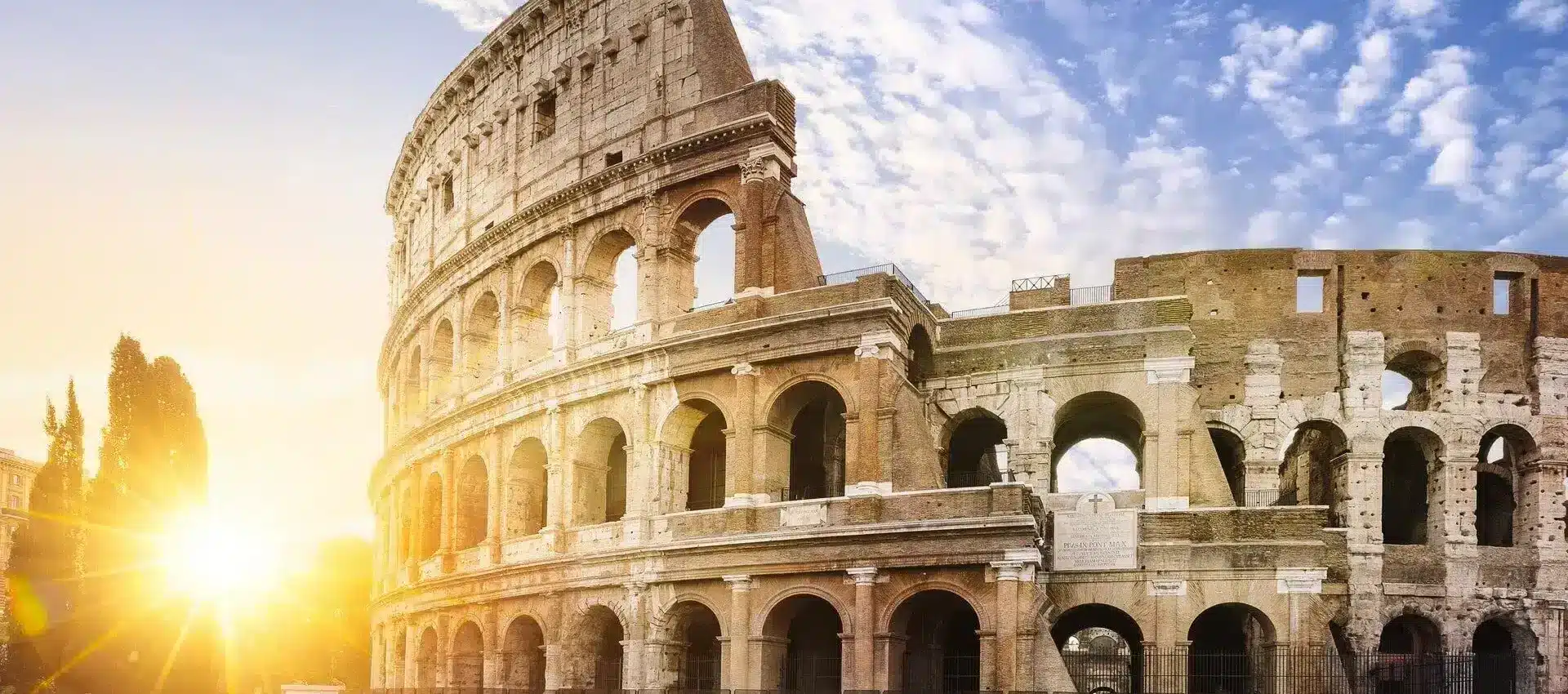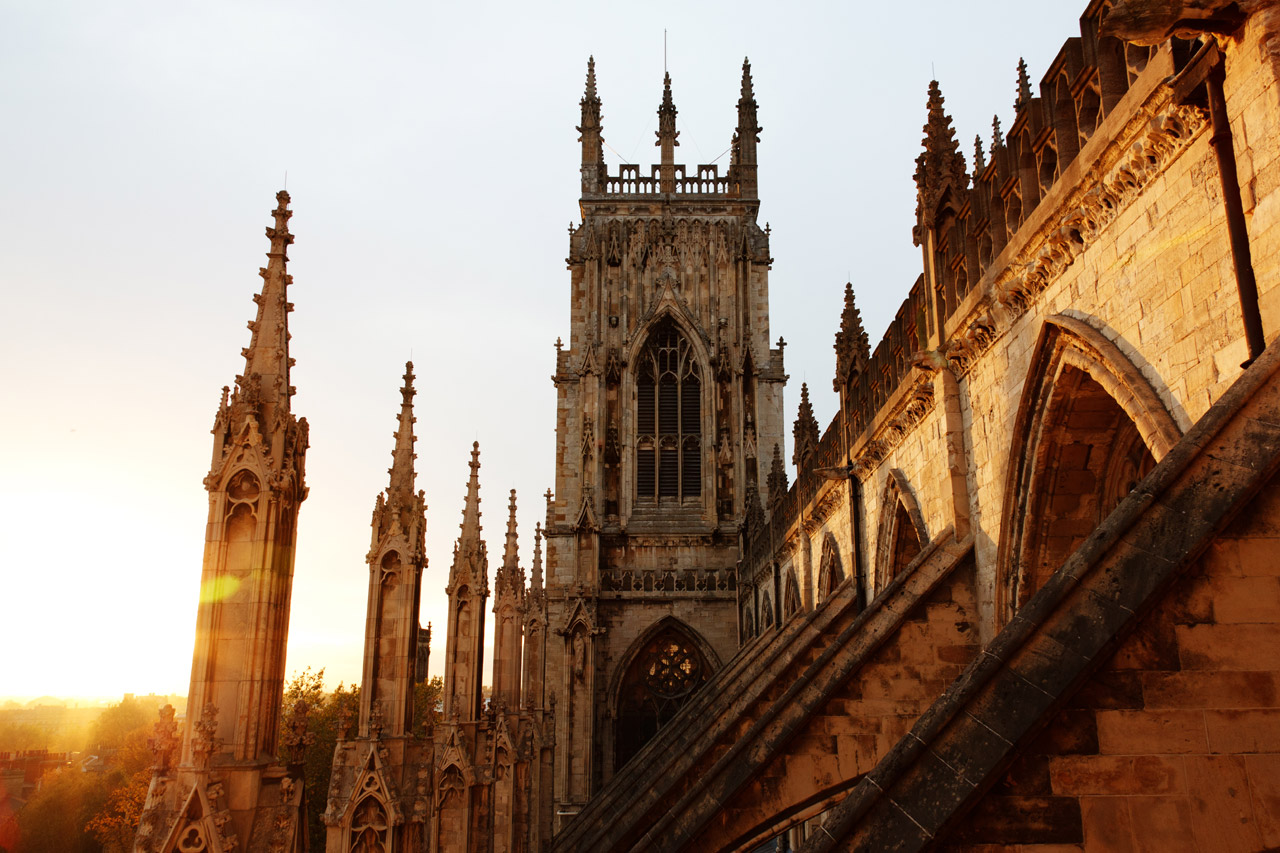
Introduction
The Colosseum, also known as the Flavian Amphitheatre, stands as one of the most iconic symbols of ancient Rome. As the largest amphitheatre ever built, it represents the grandeur of Roman architectural and engineering prowess. With a capacity of over 50,000 spectators, the Colosseum was the epicentre of entertainment in ancient Rome, hosting gladiatorial contests, public spectacles, and other events. Today, it remains a significant historical and tourist site, drawing millions of visitors annually.
Historical Significance
Construction of the Colosseum began in AD 72 under the emperor Vespasian and was completed in AD 80 during the reign of his successor, Titus. It was inaugurated with games that lasted for 100 days, showcasing the might and power of the Roman Empire. The amphitheatre had various features, including a complex system of vaults and an elaborate stage mechanism, which added to the drama of the events held within its walls. The Colosseum’s architecture reflects the ingenuity of Roman engineering, with its use of arches and concrete that would not become commonplace again until the Renaissance.
Recent Developments
In recent years, the Colosseum has faced challenges including damage from environmental factors and the impact of tourism. As more visitors flock to this historical monument, efforts have been made to preserve its structure. In 2023, the Italian Ministry of Culture announced plans for extensive restoration to combat degradation and to enhance visitor experience. These renovations aim to improve safety and conservation, ensuring that this ancient marvel can be appreciated for generations to come.
The Colosseum Today
Today, the Colosseum is not just a remnant of a bygone era but a vibrant part of Italy’s cultural identity. It has been recognised as a UNESCO World Heritage site since 1980 and continues to be a focal point for discussions about ancient history and architecture. With guided tours, educational programmes, and exhibitions, the Colosseum serves as a bridge connecting modern audiences with the history of ancient Rome.
Conclusion
The Colosseum embodies the spirit of ancient Rome, illustrating the empire’s ambition and artistry. As ongoing restoration and preservation efforts take place, the Colosseum’s legacy remains potent. It stands not only as a monument but also as a reminder of the cultural and historical narratives that continue to shape our understanding of the past. For future generations, the Colosseum will undoubtedly remain a focal point of intrigue and inspiration.
You may also like

The Royal Opera House: A Jewel in London’s Cultural Landscape

Exploring the Historic City of York: A Cultural Gem
